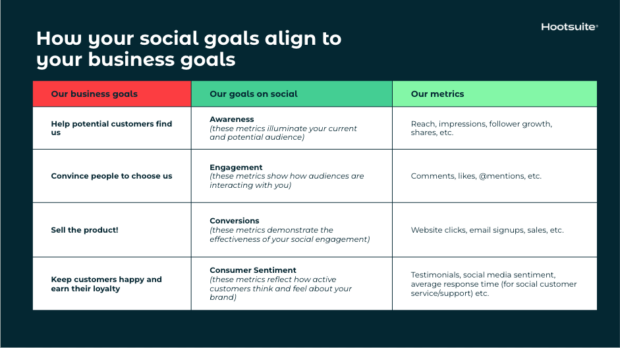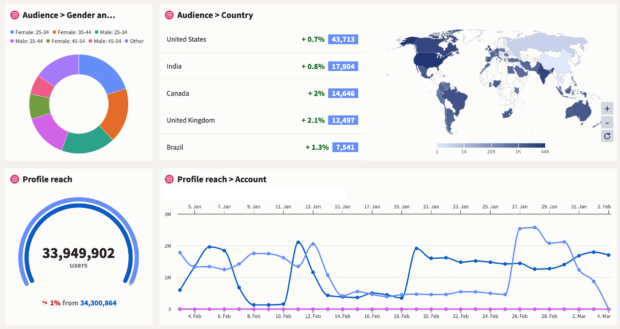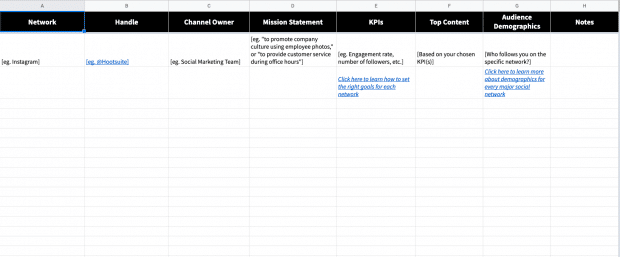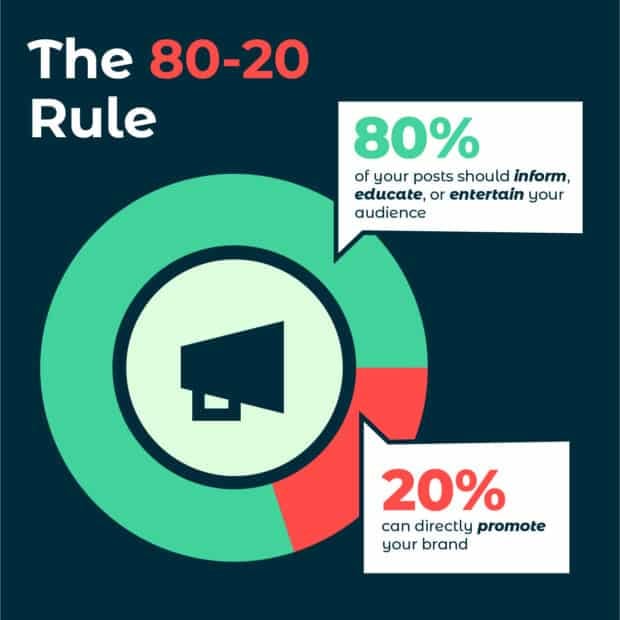Master Your 2025 Social Media Strategy: Expert Tips & Free Template
TL;DR
Graphic Design and its Elements
Graphic design is the art of visual communication, encompassing psychology, logos, color, and user experience. It is a critical component for branding and creating effective user interfaces.
Key elements include:
- The psychology behind design choices and their impact on the audience.
- Logos and Branding
- The importance of color to evoke specific emotions.
- UX Design Principles
Social Media Marketing Explained
Social media marketing uses social platforms to grow your brand, connect with your audience, and achieve business goals. It emphasizes two-way conversations, fostering engagement rather than just broadcasting messages. A well-defined social media marketing strategy outlines marketing goals, tactics, and metrics for tracking success.
A strong social strategy should:
- Set clear goals aligned with business objectives.
- Define suitable platforms and content types for your audience.
- Track key metrics like website traffic to measure effectiveness.
- Establish a workflow for planning, publishing, and reporting activities.
A good strategy helps you stay ahead of trends, connect with the right people, and drive real results.
- social media marketing basics
- What is social media marketing?
- metrics.
Benefits of a Social Media Strategy
A solid social media strategy is essential for turning chaos into results.
- Why build a social media strategy?
Key benefits include:
- Turning effort into impact: A strategy links every action to business needs.
- Building lasting trust: Consistent engagement proves reliability.
- Staying relevant: Adapting to trends and algorithm changes.
- Proving your worth: Demonstrating how social media drives business results.
Creating a Social Media Marketing Strategy: A Step-by-Step Guide
Step 1: Setting Goals for Business Success
Start with clear objectives to measure ROI. Use SMART marketing goals (Specific, Measurable, Attainable, Relevant, Time-bound).

Image courtesy of Hootsuite
Skip vanity metrics like follower count, and focus on KPIs such as conversion rate.
- essential social media metrics.
- Hootsuite survey
- 79% target brand awareness
Step 2: Deeply Understanding Your Audience
Know your audience as real people with wants and needs to target them effectively. Use Hootsuite Analytics to reveal follower demographics and engagement.

Image courtesy of Hootsuite
List audience demographics using a buyer persona template.
- Hootsuite survey
- Hootsuite strategy doc
- guide to using social media analytics and the tools you need to track them.
Step 3: Assessing Competitor Performance
Learn from your competitors to sharpen your targets. Conduct a competitive analysis to understand their strengths and weaknesses. Use Social listening tools like Hootsuite Listening to track their moves.
- Hootsuite strategy doc
- 1/3 of brands in 2024 relying on it to stay ahead of trends
- competitive analysis

Image courtesy of Hootsuite
Step 4: Boosting Your Social Presence
Take stock of what’s working and what isn’t using Hootsuite’s social media audit guide and template.
- social media audit guide and template
- social search

Image courtesy of Hootsuite
Optimize profiles for visibility and engagement by ensuring bios, profile images, and contact info are up to date.
Step 5: Finding Content Inspiration
Draw inspiration from successful brands and campaigns.
- 2025 Social Media Trends survey
- Here’s Facebook’s
- The Shorty Awards
Study successful accounts and note their voice, tone, and style. Ask followers what they want.
- National Geographic on Instagram
- Nike on X
- social media team
- guide on establishing a compelling brand voice on social media.
Step 6: Crafting Engaging Content
Plan your content mix to balance education, entertainment, and promotion. Use a social media content calendar to stay consistent.
- survey respondents
- social media content calendar
- how often to post to each network

Image courtesy of Hootsuite
Make sure your social media goals line up with marketing objectives
Your social media goals must align with your overall marketing objectives.





